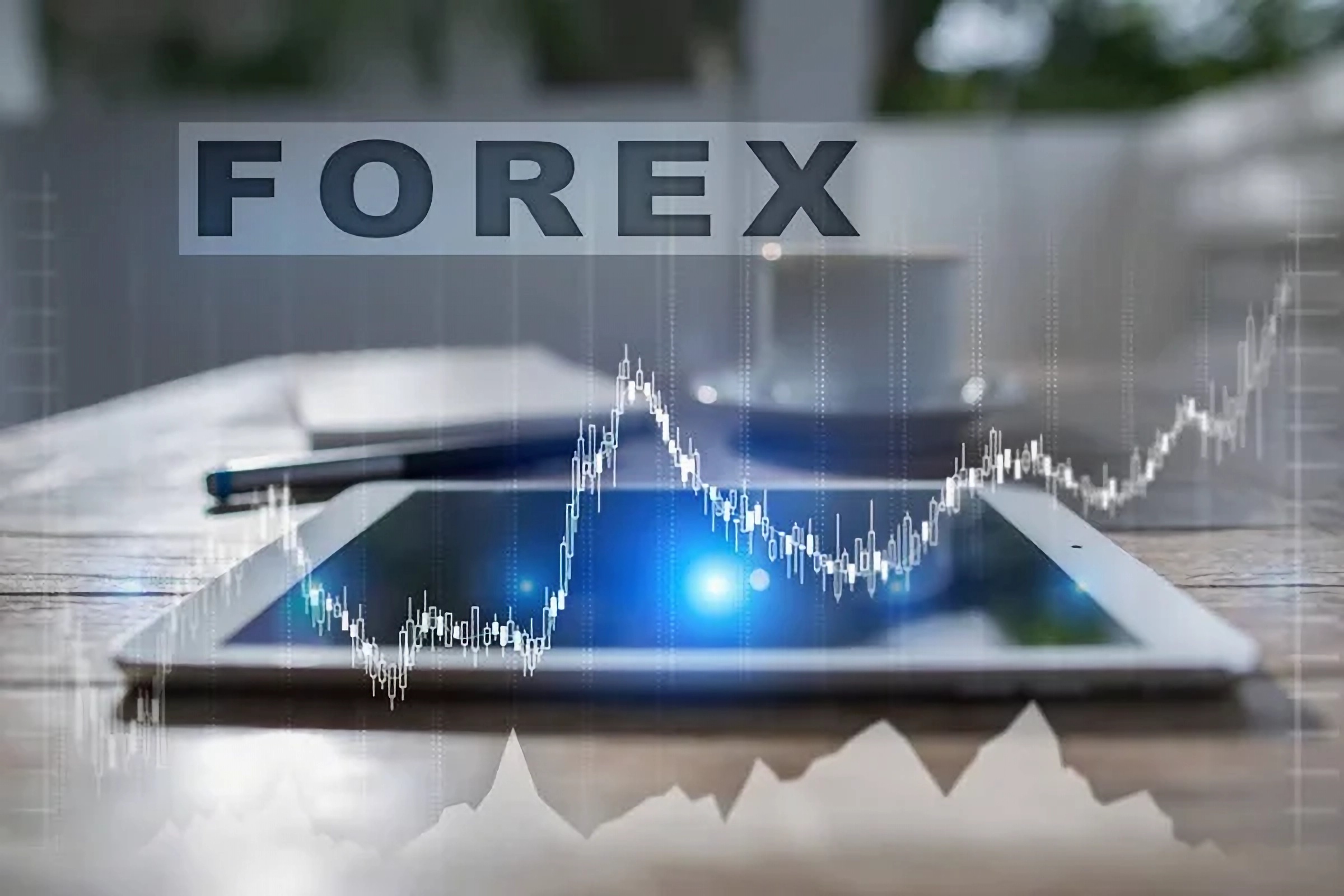
In the fast-paced world of forex trading, slippage is a term that traders frequently encounter. Understanding slippage and its implications is crucial for anyone looking to navigate the forex market successfully. This article delves into the fundamentals of slippage, its causes, its impact on trading performance, how to identify it, and effective strategies to minimize its risks.
Understanding Slippage: The Basics of Forex Trading
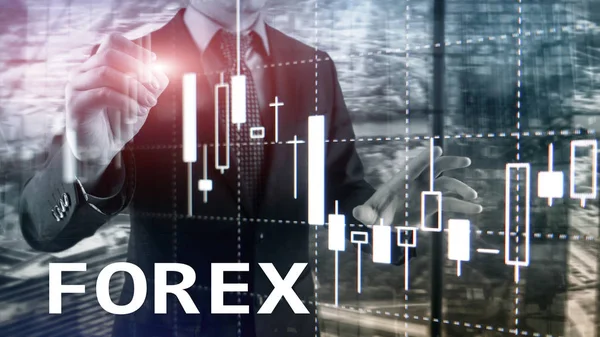
Slippage refers to the difference between the expected price of a trade and the actual price at which the trade is executed. This phenomenon can occur during periods of high volatility or low liquidity in the forex market, causing traders to experience greater costs than anticipated.
Key Points:
- Expected Price: The price a trader anticipates executing a trade at.
- Actual Price: The price at which the trade is ultimately executed.
- Types of Slippage: Positive (better price achieved) and negative (worse price achieved).
Why Slippage Occurs in the Forex Market Explained
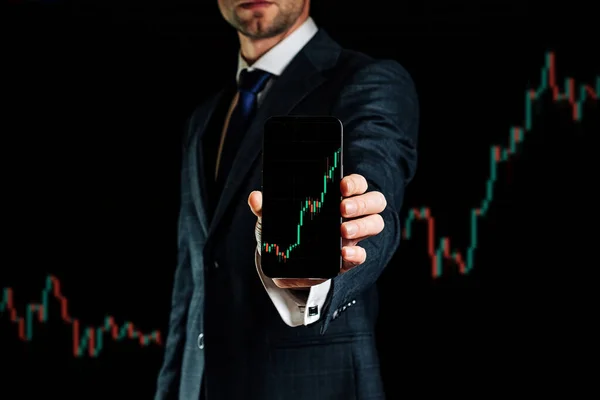
Several factors contribute to slippage in forex trading:
- Market Volatility: Rapid market movements can lead to significant changes in price during the time it takes to execute a trade.
- Low Liquidity: In times of low trading volume, there may not be enough buyers or sellers at the desired price, leading to increased slippage.
- Order Types: Market orders are more susceptible to slippage compared to limit orders, as they execute at the best available price.
- Economic News Releases: Announcements that impact currency values can cause abrupt price changes, leading to slippage.
Comparative Table: Factors Influencing Slippage
| Factor | Description | Impact on Slippage |
|---|---|---|
| Market Volatility | High fluctuations in price can lead to unexpected changes during execution. | Increases slippage risk |
| Liquidity | Limited market participants can lead to order execution at less favorable prices. | Increases slippage risk |
| Order Types | Market orders execute at the best available price, while limit orders can prevent slippage. | Market orders have higher risk |
| News Releases | Sudden economic reports can lead to rapid price changes. | Increases slippage risk |
The Impact of Slippage on Trading Performance and Profits
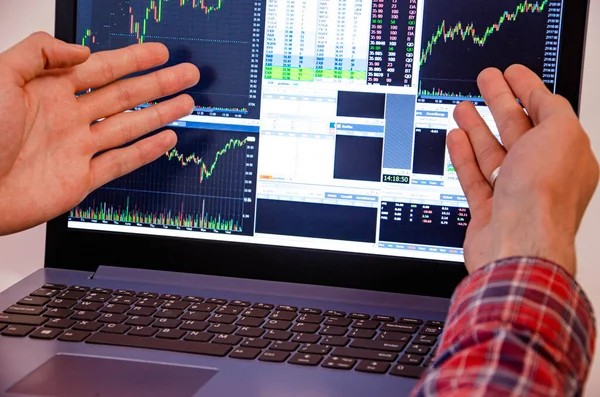
Slippage can significantly affect a trader’s overall performance and profitability. Here’s how:
- Higher Trading Costs: Negative slippage results in executing trades at worse prices, increasing the cost of entry or exit.
- Compromised Strategies: Slippage can derail well-planned trading strategies, particularly those relying on precise entry and exit points.
- Psychological Effects: Experiencing slippage can lead to frustration and emotional trading decisions, which can be detrimental to a trading plan.
Example:
Consider a trader who intends to buy a currency pair at 1.3000. Due to slippage, the trade is executed at 1.3010. If the trader had set a profit target at 1.3050, the additional cost of slippage needs to be factored into the potential profit, reducing it significantly.
How to Identify Slippage in Your Trading Activities

Identifying slippage can be done through the following methods:
- Monitoring Trade Execution: Keep a trading journal that records intended prices and actual execution prices.
- Review Trading Platforms: Some platforms provide reports on slippage statistics for executed trades.
- Comparing Order Types: Analyze the performance of market orders vs. limit orders to evaluate slippage occurrences.
- Use of Slippage Alerts: Some trading platforms offer alerts that notify traders when slippage occurs, allowing for better management.
Effective Strategies to Minimize Slippage Risks
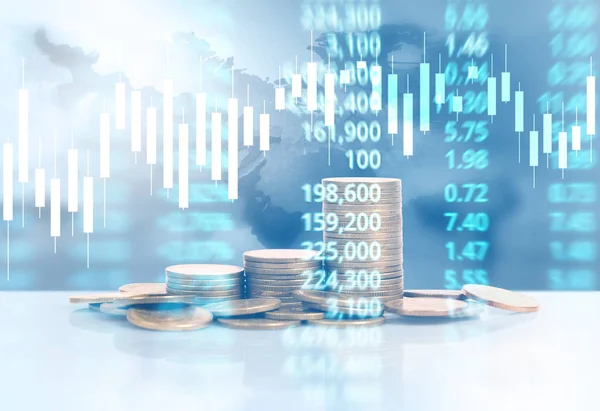
While slippage cannot be entirely eliminated, traders can take several steps to reduce its likelihood:
- Use Limit Orders: When possible, use limit orders to specify the maximum or minimum price you are willing to accept.
- Trade During High Liquidity: Focus on trading during peak market hours when liquidity is high to lower the chances of slippage.
- Avoid Major News Events: Refrain from placing trades during economic reports or announcements that are likely to cause volatility.
- Set Slippage Tolerance Levels: Some trading platforms allow traders to set slippage tolerances, ensuring trades are executed only within acceptable parameters.
- Choose a Reliable Broker: Select brokers known for their execution speed and reliability, as this can greatly influence slippage occurrences.
Conclusion: Mastering Slippage in Forex Trading Success

Understanding and managing slippage is essential for achieving success in forex trading. By familiarizing oneself with the causes and effects of slippage, traders can implement effective strategies to minimize its risks, thereby enhancing their overall performance in the market.
FAQs
Q1: What is slippage in forex trading?
A1: Slippage is the difference between the expected price of a trade and the actual price at which the trade is executed.
Q2: Can slippage be positive?
A2: Yes, positive slippage occurs when a trade is executed at a better price than expected.
Q3: What causes slippage?
A3: Slippage can occur due to market volatility, low liquidity, order types, and important economic news releases.
Q4: How can I minimize slippage?
A4: Use limit orders, trade during high liquidity periods, avoid major news events, and select reliable brokers.
Q5: Is slippage normal in forex trading?
A5: Yes, slippage is a common occurrence in forex trading and can happen to all traders.
Q6: What type of order is least likely to incur slippage?
A6: Limit orders are least likely to incur slippage as they specify the exact price at which a trader wants to execute a trade.
Q7: Can slippage impact my trading strategy?
A7: Yes, slippage can compromise trading strategies that rely on precise entry and exit points, ultimately affecting profitability.
‘Market orders are risky’ – that was a key takeaway for me from this post.
‘High liquidity times are best for trading’ – noted! Thanks for the tips!
This article explained slippage well. I will keep it in mind while trading.
Slippage is important to know. It can really change your profits.
Positive slippage can be good for trades. I hope to see that happen!
‘Psychological effects of slippage’ are real; gotta stay calm while trading.
‘Monitoring trade execution’ sounds like a smart strategy against slippage.
It’s interesting how news events affect slippage in the forex market.
Understanding slippage helps me make better trading decisions.
I learned that using limit orders can help avoid slippage.